
Information on Oranges
Oranges are actually a citrus fruit and are very popular becausethey are a remarkable source of vitamin C. They are usually consumed in theirraw form or in the form of juice. Orange rind can also be used for numerousgarnishing purposes and different recipes. Oranges are characteristic for theirorange, textured skin.
Orange is a hybrid of tangerine and pomelo. Tangerine isbotanically referred to as citrus reticulate, while pomelo’s botanical name iscitrus maxima. All different parts of the orange have an amazing nutritionalvalue. Orange juice or fresh oranges are in important part of the breakfast formany people around the world.
Oranges can be both sour and sweet and theiredible parts contain up to 85 percent of water. Most calories contained in anorange come from the carbohydrates. Oranges are a remarkable source of vitaminC, potassium, dietary fiber, calcium, folate, vitamin A and vitamin B1.
Nutritional Value of Oranges
Oranges contain 170 different types of phytonutrients suchas beta-carotene, vitamin B6, folic acid, magnesium, potassium and calcium.They also contains over 60 different types of flavonoids which are known fortheir powerful antioxidant, anti-tumor and anti-inflammatory properties.Oranges are also an excellent source of complex B vitamins, iron, magnesium,sodium, sulfur, copper, phosphorus and numerous other different types ofessential minerals.
The orange rind is also very rich in pectin. Oranges shouldalways be kept in the refrigerator because when they get exposed to air theamount of vitamin C contained in them gets significantly decreased. An averageorange which weighs 130 grams contains 70 milligrams of vitamin C, 0.65milligrams of selenium, 269 IU of vitamin A, 13 milligrams of magnesium, 0.11milligrams of vitamin B1, 18 milligrams of phosphorus, 39.7 milligrams offolate, 52.4 milligrams of calcium, 0.33 milligrams of pantothenic acid and237.11 milligrams of potassium. Otherimportant ingredients of oranges include copper, manganese, fats, sulfur,dietary fiber, sodium, proteins and iron. Each orange also contains 0.2 gramsof fat, 15.4 grams of carbohydrates, 1 gram of protein, and 3 grams of preciousdietary fiber.
All different types of fruit derive their amount of caloriesfrom the natural sugars they contain. Oranges are particularly low in caloriesbecause they contain 85 percent of water. A medium sized orange hasapproximately 70 calories while freshly squeezed unsweetened orange juice has approximately100 calories.
Health Benefits of Oranges and Orange Juice
They protect from the free radicals and the damage theycause, promote the health of the heart, support the immune system, maintain asteady balance of electrolytes, lower the levels of bad cholesterol in theblood and maintain the health of bones.


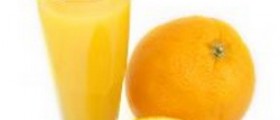
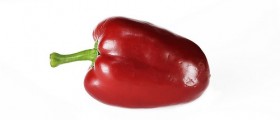
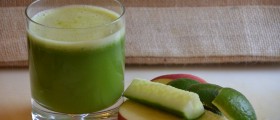
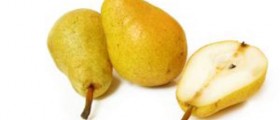



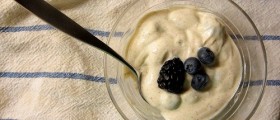


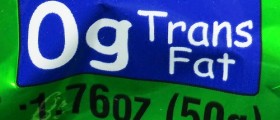
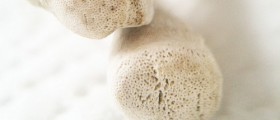



Your thoughts on this
Loading...